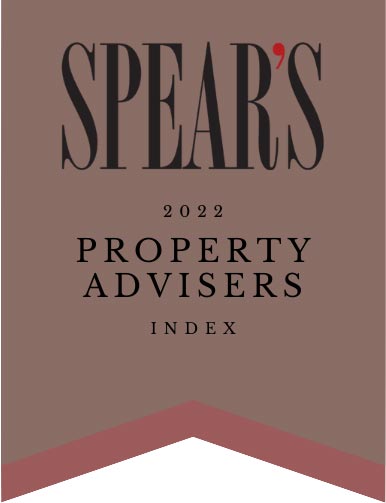It’s not always easy to find the cash to fund the deposit on a new home or investment property, but it’s also not always necessary. A number of lenders allow wealthy customers to use assets, such as shares or investment portfolios, as a deposit for a mortgage instead of cash.
This approach is known as Lombard lending and it’s a way of accessing additional capital by borrowing against assets without having to liquidate them. Lombard lending originated in the Middle Ages in the Lombardy region of Italy and the loans, which were offered by merchants, are seen as one of the first types of bank lending.
Despite this rich heritage, Lombard lending is still unfamiliar to many people, so who can it benefit and how does it work?
We work with a diverse range of clients, but there are two groups for whom Lombard lending is particularly useful. The first group are those clients who are cash rich, hold assets such as share portfolios, insurance policies or other investments, but have limited income and want to maintain the cash they hold for living costs. Lombard lending allows the owner of an asset to retain all related advantages, such as voting rights and dividends, and so it means the borrow can potentially continue to benefit from the income an asset delivers. This group of clients might typically be retired and there are lenders that can offer high LTV mortgages, with a deposit secured on the assets.
The second group are asset rich, but cash poor. Often this group includes High Net Worth individuals who prefer to invest their wealth to achieve better returns than holding it as cash and they may not want to liquidate their assets in order to free-up a deposit.
Indeed, in some circumstances, it could be that a client is currently experiencing a dip in value on their investment and that liquidating it would only crystallise the losses. With Lombard lending, it is possible to leverage the asset and also continue to hold onto it, so Lombard lending allows the client to retain ownership of their portfolio, and benefit from any performance gains whilst, at the same time, exploring other financial opportunities. It means that clients can access capital without divesting their assets and can also enable the utilisation of treasured assets, like cars or artwork, without needing to sell them.
Lombard lending is typically offered by private banks, which will take a charge over the asset or may choose to hold it on the bank’s platform. Loan amounts vary, but private banks are well-equipped to handle large loans and complex circumstances. Loans are available up to 60% of a portfolio’s value and can help to support high LTV mortgage lending.
The key for anyone interested in Lombard lending is to work with a broker that understands this sector and has strong relationships with the lenders and private banks that can help deliver solutions for cashless deposits. If you are interested in finding out more information, get in touch with us today.
Your home or property may be repossessed if you do not keep up repayments on your mortgage.
The Financial Conduct Authority does not regulate some aspects of Lombard lending.




















